Are You Supposed To Keep Or Throw Away The Inner Liner On A Plastic Jar?
An investigation.
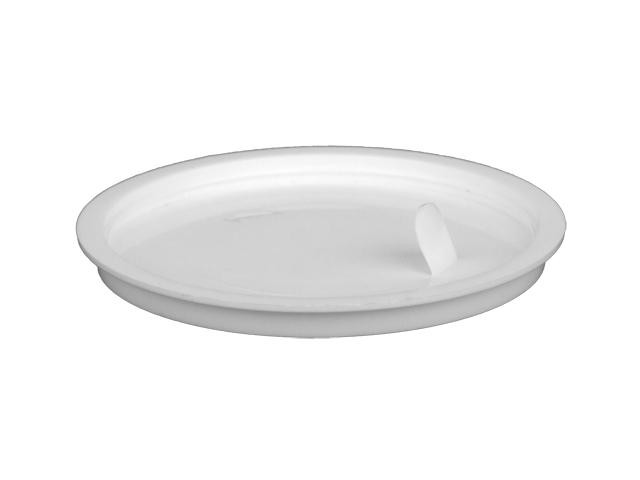
Hello and welcome to the first installment of “Domestic Amazement,” a column about household things.

I’m a woman with a LOT of epidermis so I own a ton of face creams and body lotions and other various cosmetic products, many of which come in jars, both glass and plastic. The jars almost all have screw-top lids, which are either flat or domed, and they have these sort of inner liners, alternately referred to as “sealing discs” (or “disks”; the distinction has never been clear). Usually these thingies are made of a floppier plastic than the container, and many come with a tab on the top so you can pluck it easily from the top of your eye cream or face cream or stretch-mark cream.
But let me stop you there. Where do you usually put that tabbed disc down? On the sink, tab-side-down, cream-side up? Only on a very lucky day. Do you, like me, like to be an obsessively efficient user of product and use whatever extra cream has ended up on the inside of the liner the way you might, say, lick the foil top of a pudding or yogurt container, tongue cuts be damned? And once you’ve applied your dime or nickel or Sacajawea-sized amount of product to your hairy, crinkly, pimply visage, do you replace that little inner liner lid thingy? Or do you perhaps forget to reapply it and decide “eh, what could happen” and go on living your linerless life?
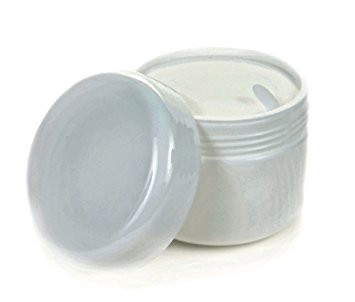
I’m not asking because I want to shame you for getting rid of what sometimes seems like a total annoyance, not dissimilar from those clear plastic things you find inside of a face-powder compact? You know, that thin plastic sheet that sits between the powder puff and the compressed powder, which you feel compelled to leave there as some sort of protective barrier, and then one day it falls or blows away and you realize it wasn’t really doing anything at all? I’m asking as a sort of unscientific poll because the whole exercise leads me to believe the “duvet-only, no top-sheet” people might have a point????!!!!!!!!! (Point being: that extra layer doesn’t much matter.)
First I did a bit of research on the subject, which is nearly impossible, because the only things you find when you Google “plastic jar inner liner” and “plastic jar sealing disc” are plastics storage solutions entities trying to sell you the things in bulk. You know, for your homemade soy sunscreen or whatever it is you’re making on the weekends so you can quit your job and “get rich like that Nads lady”—I don’t know your life. I was hoping to come across, like, an Allure article about how liners are sacrosanct, or an ITG interview where some rich white woman carefreely admits she throws hers away, or maybe a GOOP newsletter about how they contain BPA. But no such luck. So here I am, doing the real shoe-leather Googling.
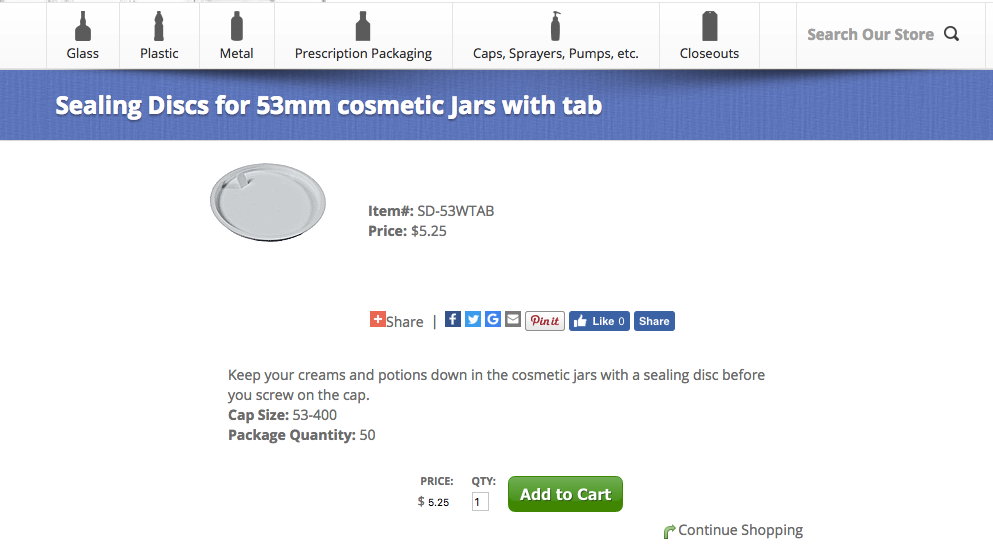
The description in the above screenshot says this little piece o’ plastic will “Keep your creams and potions down in the cosmetic jars with a sealing disc before your screw on the cap.” Okay first of all who is making POTIONS, second of all while I understand the philosophy behind having a third piece of plastic embedded between the cap and the cream, I wonder, why can’t the cap just lie flat against the top of the jar, or maybe like, have an inner liner that is ATTACHED to the lid so I don’t have to go fumbling after it when I accidentally knock it over or forget it exists because it so resembles something you might throw away once you’ve, like, broken the seal?
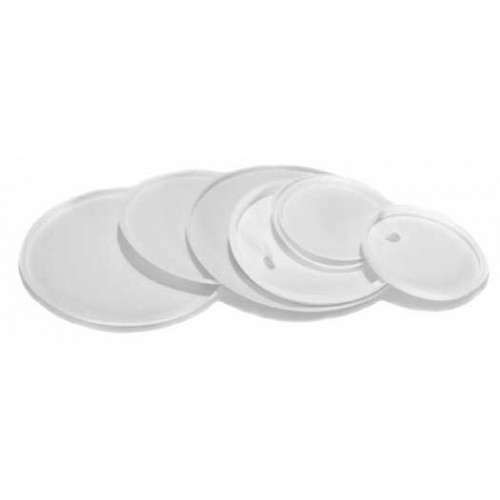
A word here about heat-sealed foam or pressure-sensitive liners: I know they exist on like vitamin bottles and painkiller caplet bottles, and they are there to maintain… I don’t know, freshness during transport and before purchase? But like, once you’ve broken the seal, as they say… Game over. You can peel them off and keep using the Advil without a barrier and if you’re like me you scrape every last bit of it off the threads of the jar. OK, so if you throw that one away, what would be the logic behind keeping the inner disc liner in place except for creams except to fiendishly ensure that you don’t get cream stuck up in the dome area of the dome lid? Then why isn’t the lid flat??
Let’s try another analogous product: Fage yogurt containers, in the medium or large tub size. These ones usually come with a clear plastic lid on top so they are resealable. Underneath that removable top is a press-sealed foil lid with a tab that clearly screams “pull me.” But do you keep an inch or two of the foil pressed down and attached? Are you a monster who folds the foil only halfway back? Or do you just rip the entire foil piece off because constantly peeling back and putting the foil down feels barbaric, like rummaging at half-measures? Also don’t forget there is another liner below that, the soggy paper floating at the top—in this case the parchment liner is withdrawing the moisture from the product rather than sealing it in.

“You’re getting carried away!” you cry, and I defy you to tell me I have gotten more carried away than whoever wrote this:
Liners/Seal Discs
Little Lucy to me we’re lucky to have liners. Literally the little liners that you love to lick, are lactose free. But don’t lick them liners as they are not likely to sick if you lick. For most people that’s just ick. So remember don’t lazily lick your liners, but loudly love your little liners for likely protecting your loveable products.
Don’t get me started with Seals. See the succulent secret to seals is that scarcely a lid has seen smears. Shouting out loud will seldom be proud should you silence your seals by not letting them serve. So, next time, see that your seals serve to sever the smearing of some.
I have no fucking idea what that means, but on the same site (https://www.containerandpackaging.com/) I found this overview of liners/seal discs on, and this one makes more sense:
Liners/Seal Discs
Home > Product Catalog > Closures > Liners/Seal Discs
Your product needs protection. You and your customers want peace of mind that their purchase has not been tampered with. A liner between the neck and cap of your packaging can help with tamper-evidence as well as reducing the likelihood of leaks. If your product is leaking (heaven forbid) check out this infographic for identifying the culprit.
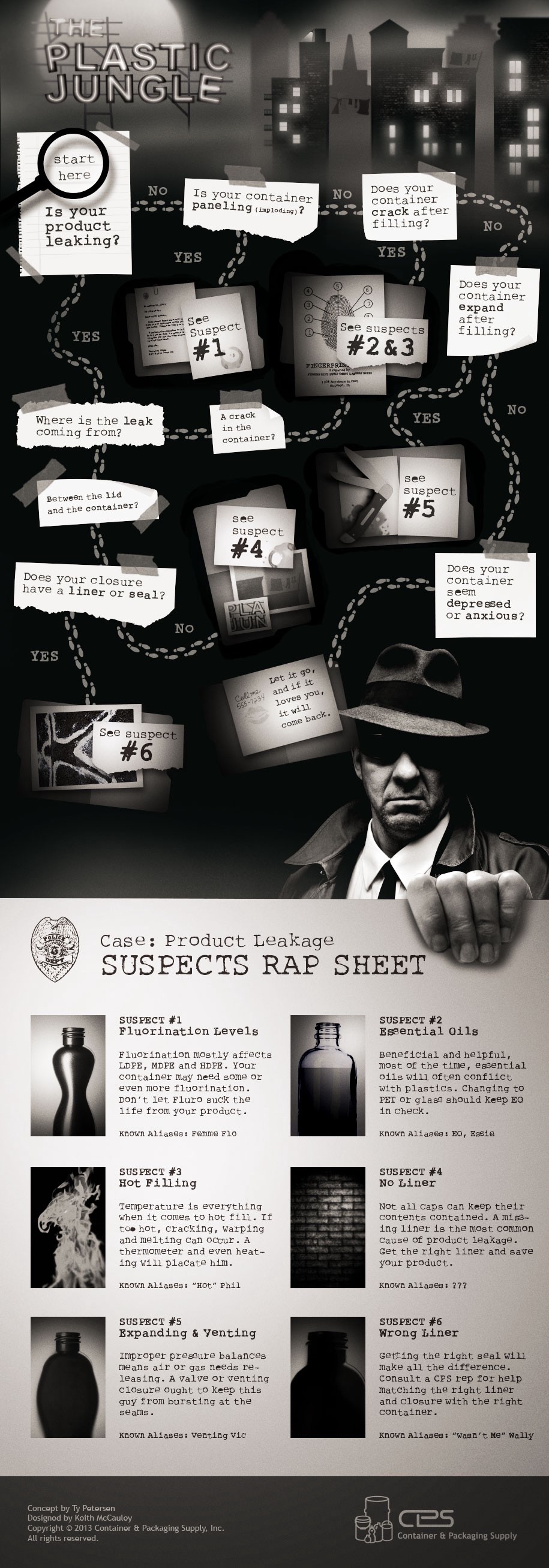
Okay that seems totally reasonable—a press-sealed liner helps let you know whether or not a product like vitamins or painkillers has been opened, which is more of a safety thing. The tabbed disc liners reduce leaks. I’m with you, copywriter. NOPE JUST KIDDING you have lost me with this infographic about plastic-container leaks.
I’m not gonna overthink it except to say that this poster is perhaps more concerned with bottles than the squat, threaded jars I’m thinking of, but I think generally the same answer applies, which is: it’s about leakage. So the answer would be yes, you’re supposed to keep the little tabbed disc liners, and replace them after every usage of eye potion or zit serum. But!! If you’re not taking that jar somewhere you’re going to travel with it or roll it around on the floor upside down or carelessly knock it over, then what’s the big deal if you throw away the flimsy plastic thing? Aren’t I an adult who can keep her containers upright and screwed tightly shut? Or is that like riding in a taxi without a seatbelt? Which is honestly fine and everyone overreacts about? Just kidding?
I found one more resource that seemed to give a more measured explanation of the purpose of the liner disc. From O. Berk (the “Leaders in packaging solutions”), we have an article on “THE OFTEN OVERLOOKED ELEMENT BETWEEN YOUR CAP AND BOTTLE”:
Liner is a piece of material that sits between the cap and the bottle. It’s primary function is to offer proper sealing of the product and often times it determines the closure’s fit and function viability.
Since the liner facing is in direct contact with the product, chemical compatibility is critical. An improper liner not only will shorten shelf life, but it can also allow leakage of the product during transit, causing quality problems.
Our packaging resource guide has devoted a section to talk about liner materials and systems, we’ll focus here on common liner types and their general compatibility. As always, information here are for references only. Always perform product compatibility testing to ensure fit and function.
Read on for a primer on polyethylene and Plastisol, but suffice it to say that, depending on the product, the answer is almost definitely: you may or may not need to keep that plastic disc liner thingy. It’s entirely up to you. If you travel or move a lot, or carry a jar of moisturizer in your purse (I’m looking at you, Rosa Lyster), then you might consider holding onto the disc liners. If you’re just opening and closing your jars and keeping them in a fully upright position, you’re probably fine. The cream isn’t going to, like, rot, or lose its magical ocean-seaweed-retinoid potency, and that’s because it was barely doing anything for you in the first place.
As for the bedsheets: you definitely need a top-sheet so that your bodily excretions don’t leak out onto your duvet. Gross. (Also does anyone else flip their duvet? Just me?) Join me next time, as we explore whether top sheets go pattern side-up or pattern-side down!